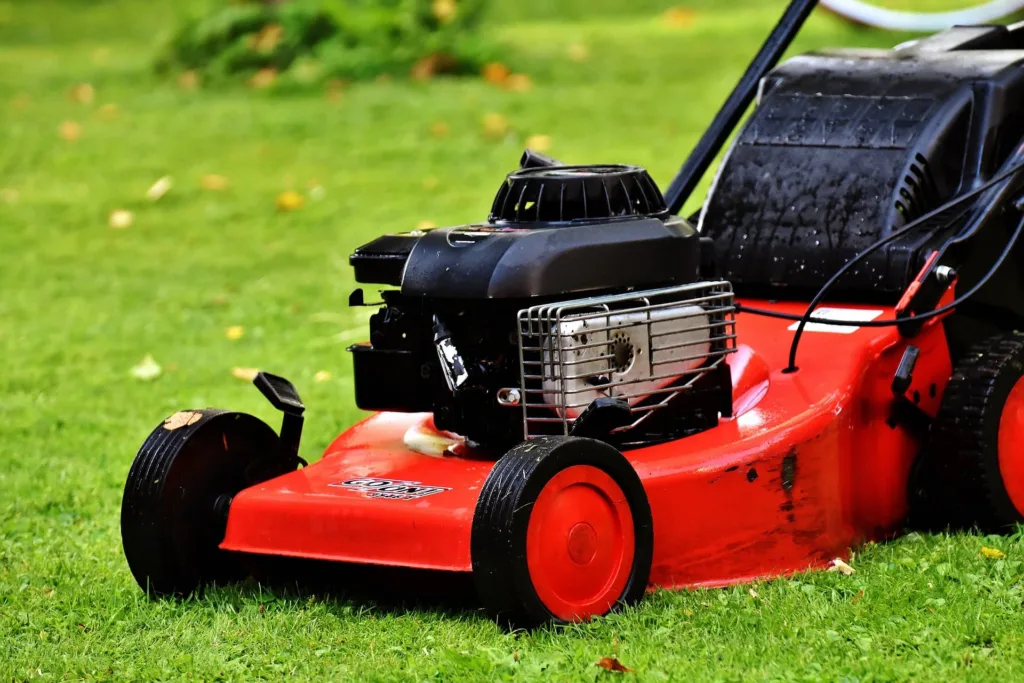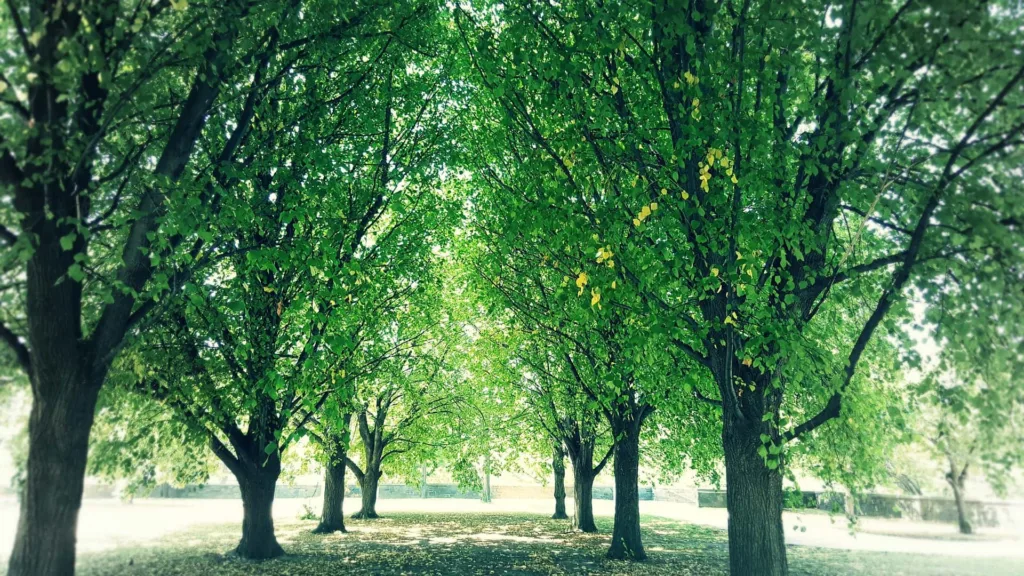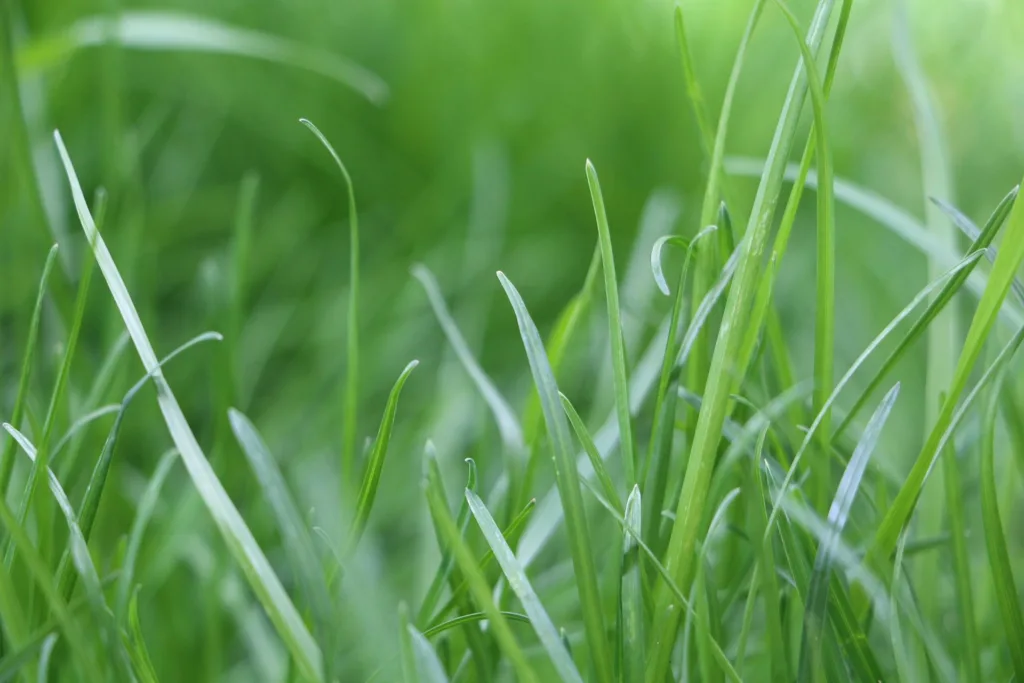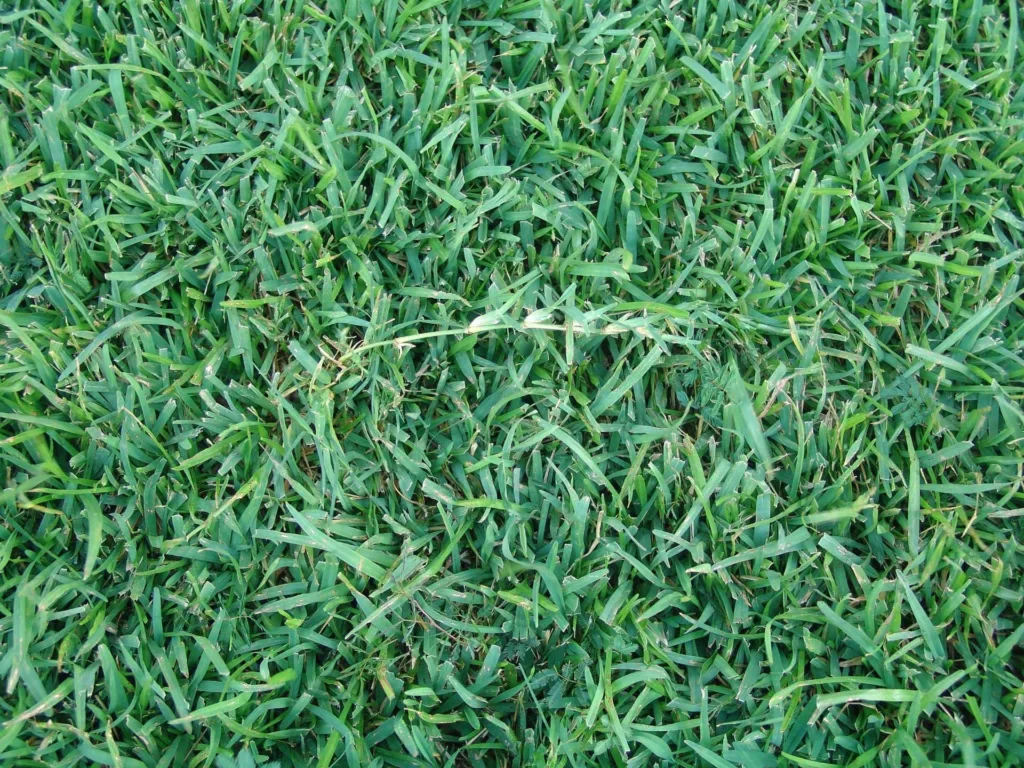Do you find yourself staring at patchy, lifeless areas of your lawn, wondering if anything will ever grow there? If you’re battling shady spots in your yard, you’re not alone. Many homeowners struggle with the challenge of growing lush, green grass in areas that don’t get much sunlight. But don’t despair! All you need to know is that the best shade-tolerant grass types are Fine and Tall Fescues, Rough Bluegrass, St. Augustine, and Zoysia. The secret to a thriving lawn, even in shadowy corners, lies in understanding and utilizing the best shade-tolerant grass types for your area.
In this comprehensive guide, we’ll explore everything you need to know about growing grass in shaded areas. From identifying the best shade-tolerant grass varieties to mastering planting and maintenance techniques, we’ve got you covered. Let’s turn those problem areas into the envy of the neighborhood!
Understanding Shade and Its Impact on Grass
Before we dive into specific shade-tolerant grass types, it’s crucial to understand what we’re up against. Shade isn’t just a simple absence of light – it comes in various forms, each presenting unique challenges for grass growth.
Types of Shade
- Dappled Shade: This is the most forgiving type, where sunlight filters through leaves, creating a shifting pattern of light and shadow.
- Partial Shade: Areas that receive 3-6 hours of direct sunlight daily fall into this category.
- Full Shade: These spots get less than 3 hours of direct sunlight and are the most challenging for grass growth.
The impact of shade on grass is profound. Without adequate sunlight, grass struggles to photosynthesize effectively, leading to weak growth, thin blades, and increased susceptibility to disease. Shade also affects soil moisture, often keeping the ground too damp, which can promote fungal growth.
To gauge the level of shade in your yard, consider using a light meter or smartphone app to measure sunlight levels throughout the day. This information will be invaluable when selecting the right grass type for your lawn.
Top Shade-Tolerant Grass Types for Your Lawn

Now that we understand the challenges, let’s explore the grass varieties that thrive in less-than-ideal light conditions. Shade-tolerant grass types fall into two main categories: cool-season and warm-season grasses.
Cool-Season Shade-Tolerant Grasses
- Fine Fescues
- Red fescue
- Chewings fescue
- Hard fescue
Fine fescues are the champions of shade tolerance. These grasses have fine, needle-like blades that require less energy to maintain, making them ideal for low-light areas. They establish quickly and create a soft, carpet-like lawn.
- Rough Bluegrass
While not as common, rough bluegrass excels in damp, shady areas. It spreads via stolons, creating a dense turf that can withstand moderate foot traffic.
- Tall Fescue
Known for its deep root system, tall fescue is drought-resistant and can tolerate both sun and shade. It’s a versatile choice for lawns with varying light conditions.
Warm-Season Shade-Tolerant Grasses
- St. Augustine Grass
This broad-leafed grass is a top performer in shaded areas of warmer climates. It creates a lush, carpet-like lawn and can tolerate salt, making it ideal for coastal regions.
- Zoysia Grass
While primarily known as a sun-loving grass, some Zoysia varieties have good shade tolerance. It forms a dense, weed-resistant turf that feels great underfoot.
Choosing the Right Shade-Tolerant Grass for Your Region
Selecting the perfect shade-tolerant grass isn’t just about light levels. You’ll need to consider:
- Climate: Cool-season grasses thrive in northern regions, while warm-season varieties excel in the south.
- Soil Type and pH: Most grasses prefer slightly acidic soil (pH 6.0-7.0). Test your soil and amend if necessary.
- Traffic and Usage: Some shade-tolerant grasses handle foot traffic better than others.
Here’s a quick reference table to help you choose:
| Grass Type | Shade Tolerance | Climate | Traffic Tolerance |
|---|---|---|---|
| Fine Fescue | Excellent | Cool | Low to Moderate |
| Rough Bluegrass | Excellent | Cool | Low |
| Tall Fescue | Good | Cool to Transition | High |
| St. Augustine | Very Good | Warm | Moderate |
| Zoysia | Moderate | Warm | High |
Planting and Nurturing Shade-Tolerant Grass
Once you’ve selected your shade-tolerant grass type, it’s time to get planting. Follow these steps for the best results:
- Soil Preparation
- Remove existing vegetation
- Loosen the top 2-3 inches of soil
- Add organic matter to improve drainage and nutrient content
- Seeding Techniques
- Spread seeds evenly using a broadcast spreader
- Rake lightly to ensure good seed-to-soil contact
- Consider mixing seeds with fine compost for better germination
- Watering Strategies
- Keep the soil consistently moist until germination
- Water deeply but less frequently once established to encourage deep root growth
- Fertilization Tips
- Use a balanced, slow-release fertilizer
- Apply in early spring and fall for cool-season grasses
- Fertilize in late spring and summer for warm-season varieties
Maintaining Your Shade-Tolerant Lawn

Proper maintenance is crucial for the health of your shade-tolerant lawn. Here are some key tips:
- Mowing Heights: Keep grass longer in shaded areas. Aim for 3-4 inches for most shade-tolerant varieties.
- Pruning Nearby Trees: Selectively prune lower branches to increase light penetration.
- Dealing with Root Competition: Install root barriers or create raised beds to give grass a fighting chance against tree roots.
Conclusion: Embracing the Beauty of a Shaded Lawn
Growing grass in shaded areas may seem like an uphill battle, but with the right shade-tolerant grass types and proper care, it’s absolutely achievable. Remember:
- Choose grass varieties suited to your specific shade conditions and climate
- Prepare your soil thoroughly before planting
- Maintain proper watering, mowing, and fertilization practices
- Be patient – shade-tolerant lawns may take longer to establish, but they’re worth the wait
By embracing shade-tolerant grass types and following the guidelines in this article, you can transform those challenging shady spots into vibrant, green oases. Your perfect lawn awaits – shade and all!


